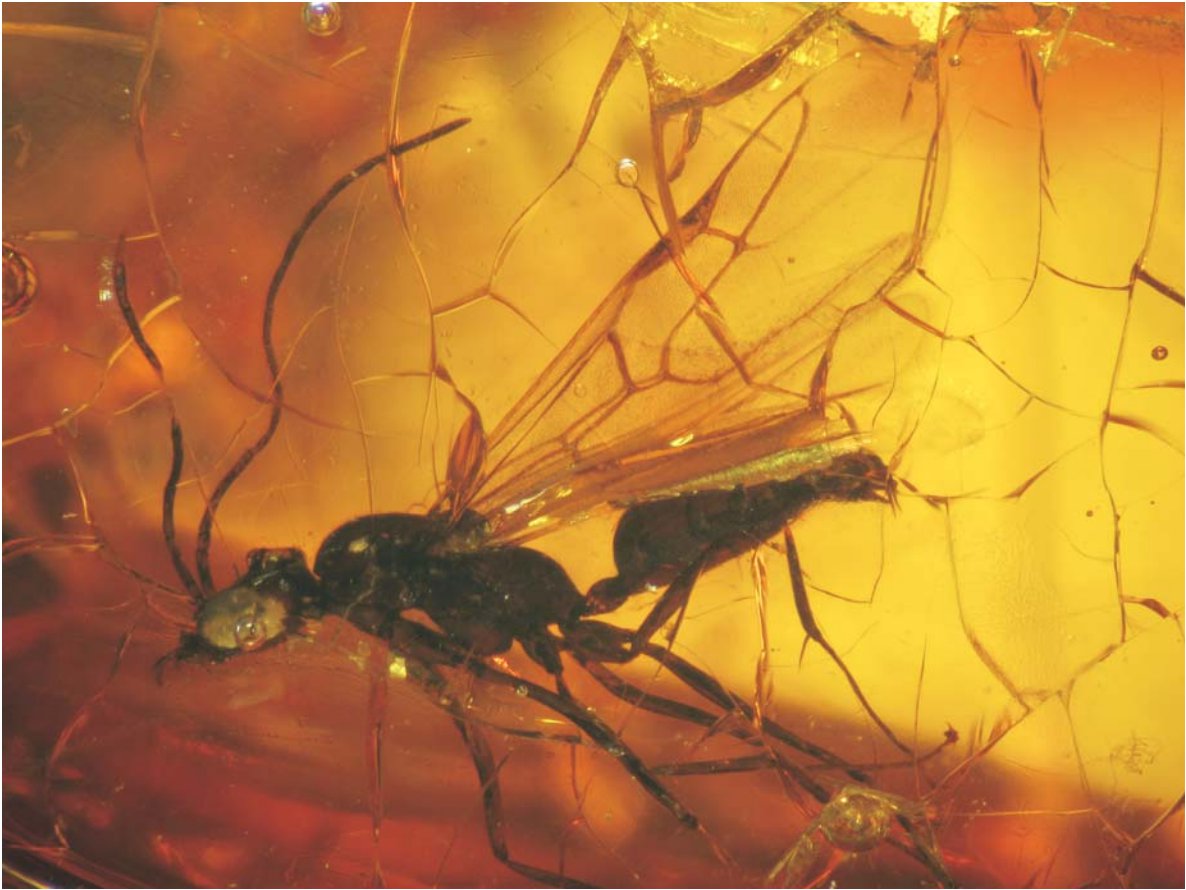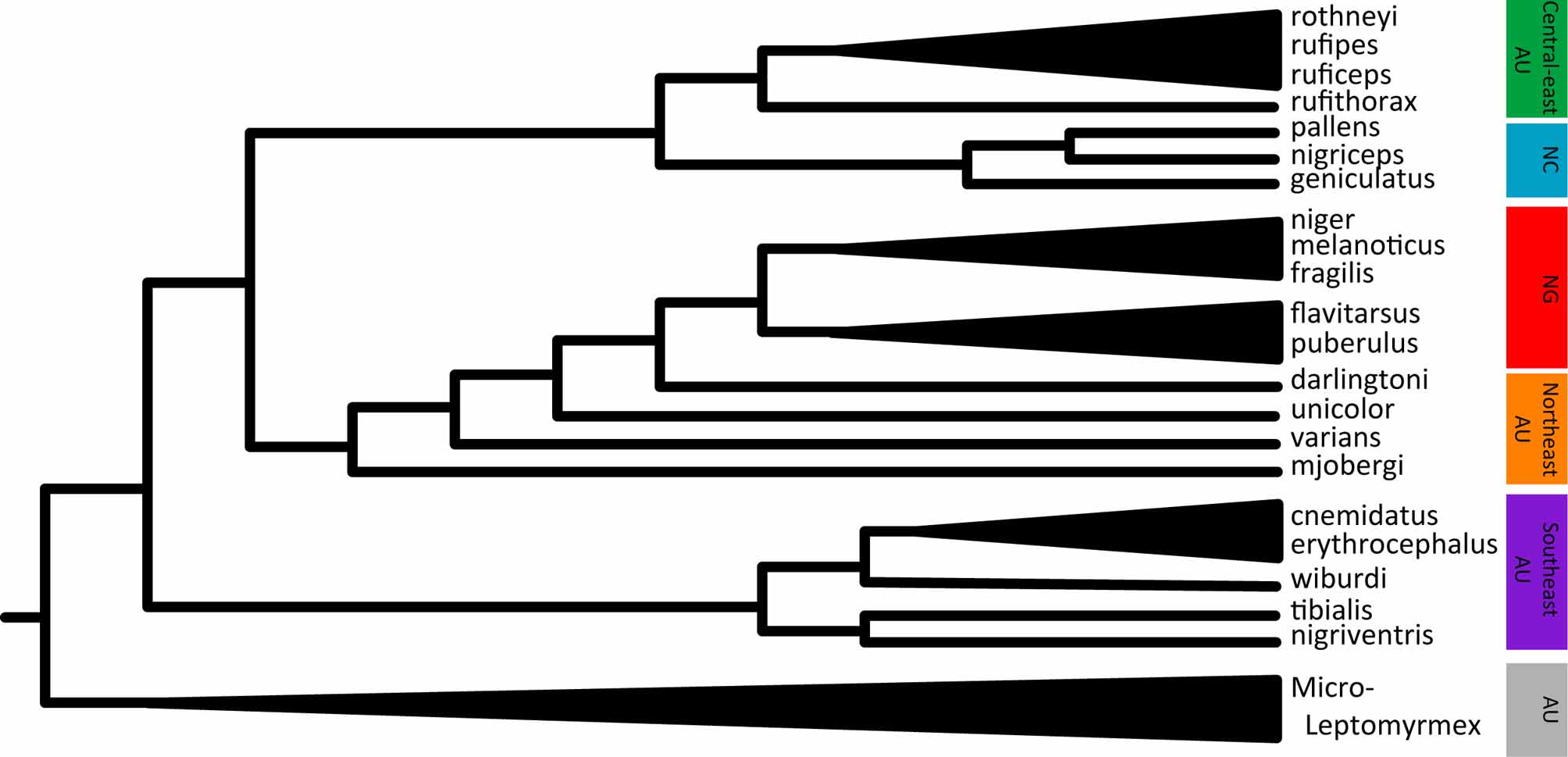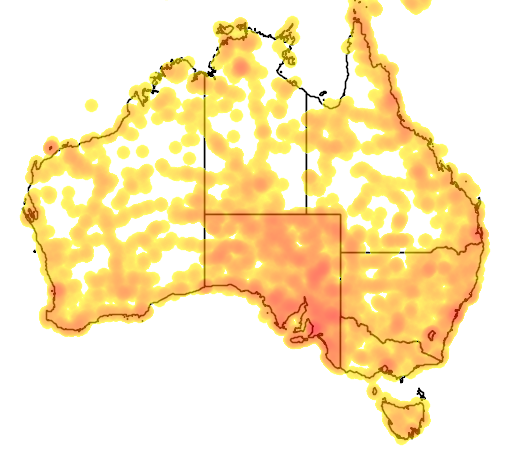|
Leptomyrmecini
Leptomyrmecini is a tribe of Dolichoderinae ants with 16 genera and two extinct genera. Genera *'' Anillidris'' Santschi, 1936 *''Anonychomyrma'' Donisthorpe, 1947 *'' Azteca'' Forel, 1878 *†'' Chronomyrmex'' McKellar, Glasier & Engel, 2013 *''Doleromyrma'' Forel, 1907 *'' Dorymyrmex'' Mayr, 1866 *''Forelius'' Emery, 1888 *''Froggattella'' Forel, 1902 *'' Gracilidris'' Wild & Cuezzo, 2006 *''Iridomyrmex'' Mayr, 1862 *'' Leptomyrmex'' Mayr, 1862 *'' Linepithema'' Mayr, 1866 *''Nebothriomyrmex'' Dubovikov, 2004 *''Ochetellus'' Shattuck, 1992 *'' Papyrius'' Shattuck, 1992 *''Philidris'' Shattuck, 1992 *''Turneria ''Turneria'' is a genus of ants that belongs to the subfamily Dolichoderinae Dolichoderinae is a subfamily of ants, which includes species such as the Argentine ant (''Linepithema humile''), the erratic ant, the odorous house ant, and th ...'' Forel, 1895 References Dolichoderinae Ant tribes {{Dolichoderinae-stub ... [...More Info...] [...Related Items...] OR: [Wikipedia] [Google] [Baidu] |
Dolichoderinae
Dolichoderinae is a subfamily of ants, which includes species such as the Argentine ant (''Linepithema humile''), the erratic ant, the odorous house ant, and the cone ant. The subfamily presents a great diversity of species throughout the world, distributed in different biogeographic realms, from the Palearctic, Nearctic, Afrotropical region and Malaysia, to the Middle East, Australian, and Neotropical regions. This subfamily is distinguished by having a single petiole (no post-petiole) and a slit-like orifice, from which chemical compounds are released. Dolichoderine ants do not possess a sting, unlike ants in some other subfamilies, such as Ponerinae and Myrmicinae, instead relying on the chemical defensive compounds produced from the anal gland. Of the compounds produced by dolichoderine ants, several terpenoids were identified including the previously unknown iridomyrmecin, isoiridomyrmecin, and iridodial. Such compounds are responsible for the smell given off by ants of ... [...More Info...] [...Related Items...] OR: [Wikipedia] [Google] [Baidu] |
Meat Ant
The meat ant (''Iridomyrmex purpureus''), also known as the gravel ant or southern meat ant, is a species of ant endemic to Australia. A member of the genus ''Iridomyrmex'' in the subfamily Dolichoderinae, it was described by British entomologist Frederick Smith in 1858. The meat ant is associated with many common names due to its appearance, nest-building behaviour and abundance, of which its specific name, ''purpureus'', refers to its coloured appearance. It is among the best-known species of ant found throughout Australia; it occurs in almost all states and territories except for Tasmania. Its enormous distribution, aggression and ecological importance have made this ant a dominant species. The meat ant is monomorphic (occurs in a particular form), although there is evidence that certain populations can be polymorphic. It is characterised by its dark-bluish body and red head. It is a medium to large species, measuring . The workers and males are approximately the same ... [...More Info...] [...Related Items...] OR: [Wikipedia] [Google] [Baidu] |
Ochetellus
''Ochetellus'' is a genus of ants first described by Steve Shattuck in 1992. He placed it in the subfamily Dolichoderinae of the family Formicidae. The ants in this genus are small and black in colour; workers measure in length, the males at around are smaller, and the queens are the largest, reaching . There are seven described species and three described subspecies that mostly live in Australia in a wide variety of habitats, but some species are found in Asia. One species, ''Ochetellus glaber'', has been introduced into New Zealand and the United States. The colonies are found in rotten wood, in the ground, under rocks or stones and in urban areas. The ants are both diurnal and nocturnal and forage on trees, in low vegetation and into human homes, where they are regarded as pests. These ants eat a variety of foods, including fruits, insects, sucrose, nectar and bird feces. They visit various flowers and attend to a variety of butterfly larvae. The thorny devil, an Austral ... [...More Info...] [...Related Items...] OR: [Wikipedia] [Google] [Baidu] |
Chronomyrmex
''Chronomyrmex'' is an extinct genus of ants of the subfamily Dolichoderinae Dolichoderinae is a subfamily of ants, which includes species such as the Argentine ant (''Linepithema humile''), the erratic ant, the odorous house ant, and the cone ant. The subfamily presents a great diversity of species throughout the wor .... The genus only contains a single species ''Chronomyrmex medicinehatensis'', discovered in Canada and described in 2013. References † Monotypic fossil ant genera Hymenoptera of North America Fossil taxa described in 2013 Late Cretaceous insects Canadian amber Taxa named by Michael S. Engel {{cretaceous-insect-stub ... [...More Info...] [...Related Items...] OR: [Wikipedia] [Google] [Baidu] |
Leptomyrmex
A video on how Spider Ant colonies function) ''Leptomyrmex'', or spider ants, is a genus of ants and a distinctive member of the ant subfamily Dolichoderinae. Commonly known as "spider ants" for their long legs and spider-like movements, these orange and black ants are prominent residents of intact wet forest and sclerophyll habitats throughout their range. One extant species, '' Leptomyrmex relictus'', is known from central Brazil; otherwise, the global distribution of this genus is restricted to eastern Australia, New Caledonia and New Guinea, as well as the nearby Indonesian islands of Aru and Seram. Newly hatched '' Extatosoma tiaratum'' stick insects mimic these ants to avoid predation. Workers of ''Leptomyrmex'' can be easily recognized by elongate antennal scapes which surpass the posterior margin of the head by more than one half their length, a medially notched hypostoma, mandibles with 7–15 teeth and 5–12 denticles, and a laterally located anterior tentorial pit. Qu ... [...More Info...] [...Related Items...] OR: [Wikipedia] [Google] [Baidu] |
Iridomyrmex
''Iridomyrmex'' is a genus of ants called rainbow ants (referring to their blue-green iridescent sheen) first described by Austrian entomologist Gustav Mayr in 1862. He placed the genus in the subfamily Dolichoderinae of the family Formicidae. It has 79 described species and five fossil species. Most of these ants are native to Australia; others are found in Asia and Oceania, and they have been introduced to Brazil, New Zealand, and the United Arab Emirates. Fossil species are known from China, France, and the United States. These ants are known to be an ecologically dominant and important group of ants, but they are sometimes regarded as pests because they disturb soil and enter human houses. Farmers in rural Australia place animal carcasses on meat ant ('' I. purpureus'') mounds as a method of disposing of them; meat ants consume the carcass and reduce it to bones in a matter of weeks. Meat ants also engage in ritualised fighting, which helps prevent casualties and solve te ... [...More Info...] [...Related Items...] OR: [Wikipedia] [Google] [Baidu] |
Philidris
''Philidris'' is a genus of ants in the subfamily Dolichoderinae. The genus is known from tropical forests from eastern India to northern Australia. It is similar to the genus ''Iridomyrmex'', from where the type species was transferred from by Shattuck (1992). Species *''Philidris brunnea'' (Donisthorpe, 1949) *''Philidris cordata'' (Smith, 1859) *''Philidris cruda'' (Smith, 1860) *''Philidris jiugongshanensis'' Wang & Wu, 2007 *''Philidris laevigata'' (Emery, 1895) *''Philidris myrmecodiae'' (Emery, 1887) *''Philidris nagasau'' (Mann, 1921) *''Philidris notiala'' Zhou & Zheng, 1998 *''Philidris pubescens'' (Donisthorpe, 1949) References External links * Phildris on AntWiki Dolichoderinae Ant genera Hymenoptera of Asia Hymenoptera of Australia {{Dolichoderinae-stub ... [...More Info...] [...Related Items...] OR: [Wikipedia] [Google] [Baidu] |
Papyrius (ant)
''Papyrius'' is a genus of ants in the subfamily Dolichoderinae. The genus is known only from Australia and New Guinea, where they nest in dead wood in forested areas. Species * ''Papyrius flavus'' (Mayr, 1865) * ''Papyrius nitidus ''Papyrius nitidus'' is a species of ant in the genus '' Papyrius''. Endemic to Australia and New Guinea New Guinea (; Hiri Motu: ''Niu Gini''; id, Papua, or , historically ) is the world's second-largest island with an area of . Loc ...'' (Mayr, 1862) References External links * Dolichoderinae Ant genera Hymenoptera of Australia {{Dolichoderinae-stub ... [...More Info...] [...Related Items...] OR: [Wikipedia] [Google] [Baidu] |
Nebothriomyrmex
''Nebothriomyrmex'' is a genus of ants in the subfamily Dolichoderinae containing the single species ''Nebothriomyrmex majeri''. The genus is known from Western Australia Western Australia (commonly abbreviated as WA) is a state of Australia occupying the western percent of the land area of Australia excluding external territories. It is bounded by the Indian Ocean to the north and west, the Southern Ocean to th .... References External links * Dolichoderinae Monotypic ant genera Hymenoptera of Australia {{Dolichoderinae-stub ... [...More Info...] [...Related Items...] OR: [Wikipedia] [Google] [Baidu] |
Linepithema
''Linepithema'' is a genus of small ants in the subfamily Dolichoderinae. Distribution Their native distribution rage from northern Mexico, east into the Caribbean, and south into northern Argentina. Two species have been spread around the world by human activities: ''L. iniquum'' and ''L. humile''. The latter is better known as the Argentine ant, an invasive species with notable presence in Mediterranean climates. ''Linepithema'' species are found from sea level and up to 4,000 meters above sea level in the Andes The Andes, Andes Mountains or Andean Mountains (; ) are the longest continental mountain range in the world, forming a continuous highland along the western edge of South America. The range is long, wide (widest between 18°S – 20°S .... Species *'' Linepithema anathema'' *'' Linepithema angulatum'' *'' Linepithema aztecoides'' *'' Linepithema cerradense'' *'' Linepithema cryptobioticum'' *'' Linepithema dispertitum'' *'' Linepithema flavesc ... [...More Info...] [...Related Items...] OR: [Wikipedia] [Google] [Baidu] |
Froggattella
''Froggattella'' is a genus of ants in the subfamily Dolichoderinae. The genus contains two species found in Australia. ''Froggattella kirbii'' is fairly common, while ''Froggattella latispina'' is known only from two locations in South Australia South Australia (commonly abbreviated as SA) is a state in the southern central part of Australia. It covers some of the most arid parts of the country. With a total land area of , it is the fourth-largest of Australia's states and territories .... The two species range from small to medium in size, where they are found foraging in distinct trails on low vegetation or small sized trees. Species * '' Froggattella kirbii'' (Lowne, 1865) * '' Froggattella latispina'' Wheeler, 1936 References External links * Dolichoderinae Ant genera Hymenoptera of Australia {{Dolichoderinae-stub ... [...More Info...] [...Related Items...] OR: [Wikipedia] [Google] [Baidu] |
Gracilidris
''Gracilidris'' is a genus of dolichoderine ants with nocturnal behaviour; thought to have gone extinct 15-20 million years ago, they have been found in Paraguay, Brazil, and Argentina and were described in 2006. For the first time, It was recorded that the dolichoderine ant genus ''Gracilidris'' and its sole species, ''G. pombero'' were found in the Colombia Amazon basin The single existing fossil in Dominican amber makes the genus a Lazarus taxon. The only known extant species, '' Gracilidris pombero'', nests in small colonies In modern parlance, a colony is a territory subject to a form of foreign rule. Though dominated by the foreign colonizers, colonies remain separate from the administration of the original country of the colonizers, the '' metropolitan state'' ... in the soil. These ants have been described only very recently and little is known about them. Species * †'' Gracilidris humiloides'' (Wilson, 1985) * '' Gracilidris pombero'' Wild & Cuezzo, 2006 Refe ... [...More Info...] [...Related Items...] OR: [Wikipedia] [Google] [Baidu] |





